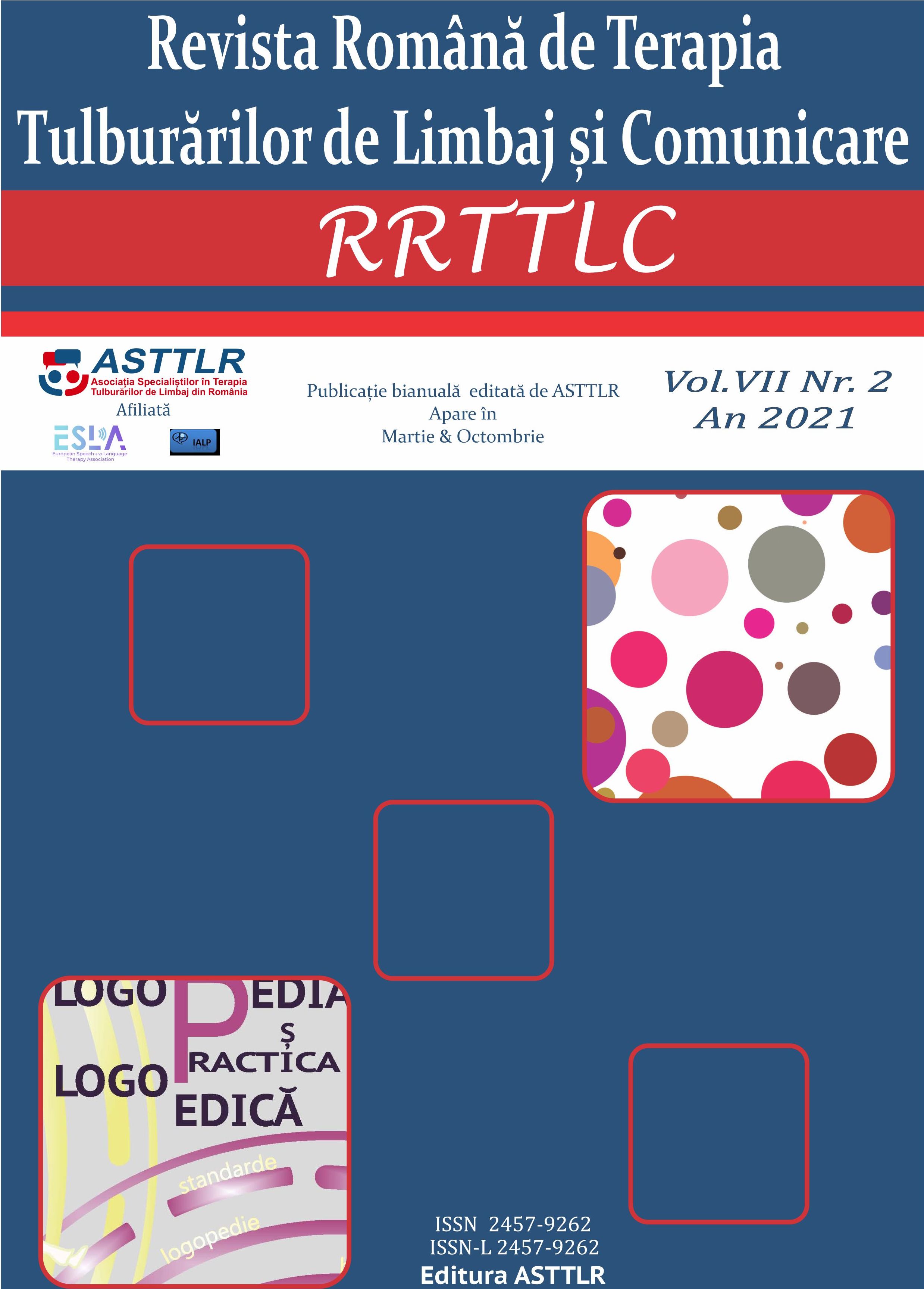Dominanţa emisferică cerebrală şi lateralitatea metode şi procedee de examinare
Cerebral Hemispheric Dominance and Lateralization. Examination methods and procedures
Author(s): Vasile Radu PredaSubject(s): Pragmatics, Developmental Psychology, Clinical psychology, Inclusive Education / Inclusion
Published by: Asociația Specialiștilor în Terapia Tulburărilor de Limbaj din România
Keywords: cerebral hemispheric dominance; functional asymmetry; cortical level; peripheral level; lateralization; laterality index;
Summary/Abstract: On the basis of electrophysiological and neuropsychological investigations the existence of cerebral hemispheric dominance has been established. Thus, a certain psycho-behavioural function may not be equally governed by either the left or the right hemisphere, a tendency towards lateralization coming into play (Sperri, 1974; Arseni, Golu, Dănăilă, 1983; Funnell, Carballis, Gazzanga, 2000). The functional asymmetry of the analysers is encountered both at the peripheral level, through the sensory-motor lateralization of paired receptors, and at the cortical level, through the asymmetrical functioning of the cerebral hemispheres. Consequently, tests for hemispheric dominance, as well as tests for lateralization must, respectively, be employed. When examining cerebral hemispheric dominance and lateralization, the characteristics of the organs under investigation are taken into account, and so is the age of the subjects. The examination of functional asymmetry in the case of analysers with paired receptors has relied on an impressive number of trials, procedures, tests and questionnaires on lateralization, all suitable for the subjects’ age and for the psycho-physiological characteristics of the respective couple of paired organs. The combined use of lateralization tests specifically adapted for all paired organs (hand, eye, is essential in order to establish the degree of lateralization homogeneity. The examinations and the calculation of the laterality index are to be done periodically, the results being recorded in a chart that reflects the evolution of lateralization as a result of engaging the child in various activities meant for a specific type of lateralization.
Journal: Revista Română de Terapia Tulburărilor de Limbaj şi Comunicare
- Issue Year: VII/2021
- Issue No: 2
- Page Range: 67-84
- Page Count: 18
- Language: Romanian

